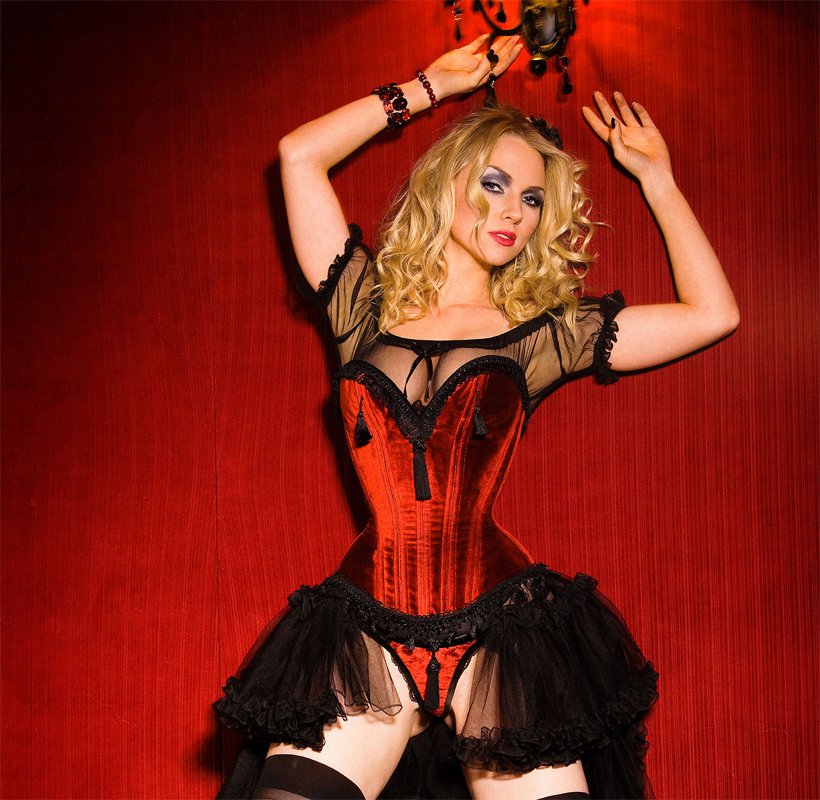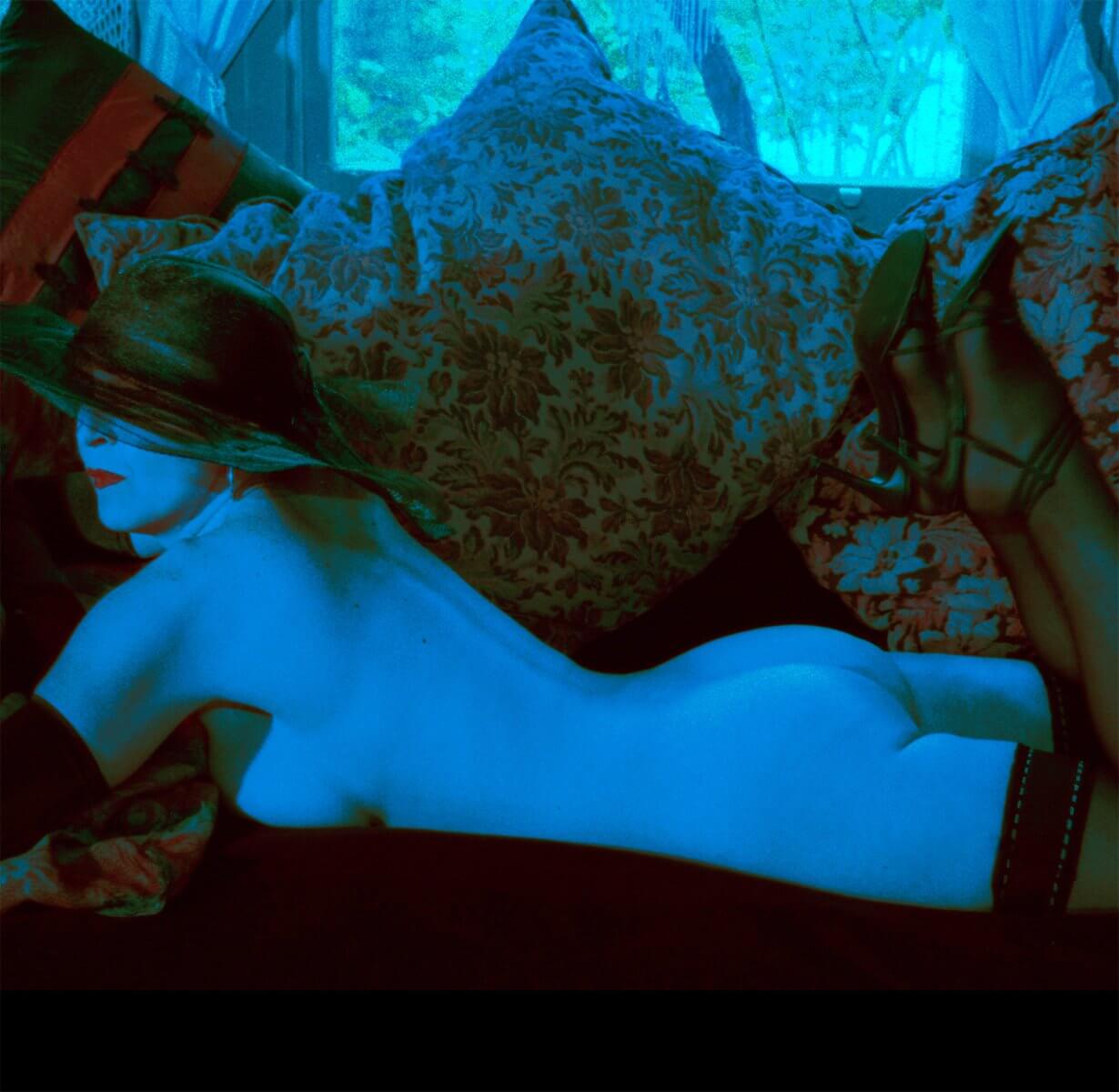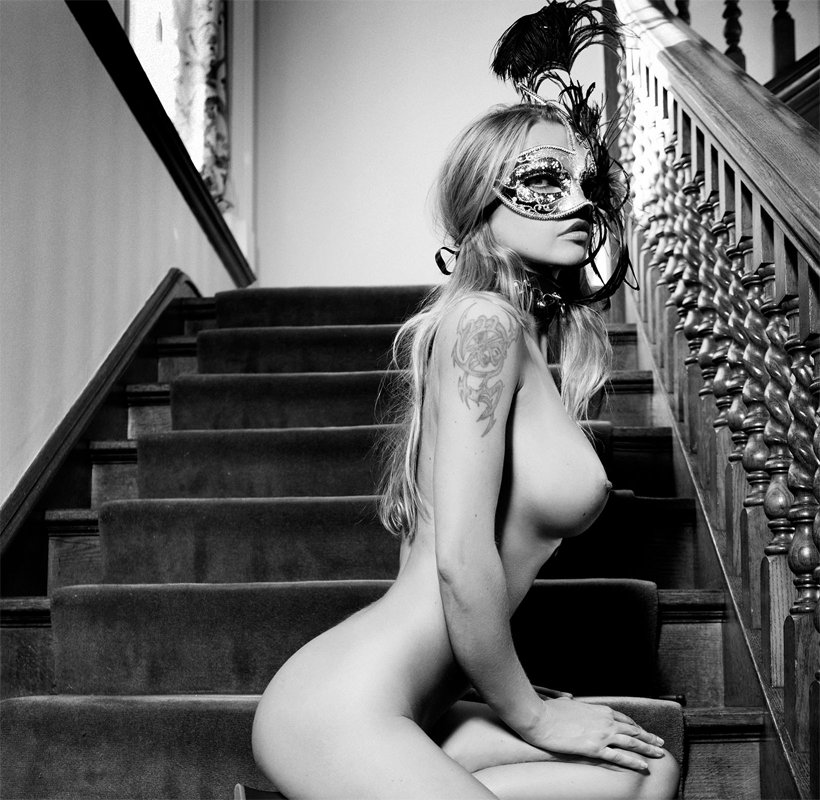Capturing Sexuality With Burlesque Photography
Burlesque photography is art intended to run against the grain of normal society. By design, this style is not for everyone, as it is often seen as shocking or offensive in the mainstream. But in the...
Burlesque photography is art intended to run against the grain of normal society. By design, this style is not for everyone, as it is often seen as shocking or offensive in the mainstream. But in the world of erotic photography, burlesque is one of the most popular styles.

Burlesque itself dates back as far as the 17th century in Spain. However, modern burlesque photography prints usually portray themes and styles from Victorian London or New York in the 19th and 20th centuries.
Burlesque is best recognized for sexual themes and risqué comedy in a variety show format.
The Rise, Fall, & Revival of Burlesque
The early roots of burlesque focused on parody and satire. It began as a literary movement, mocking or ridiculing themes in literary works. Even the Bard himself, William Shakespeare is sometimes considered as a burlesque playwright.
It was often sexual in nature and critiqued or parodied serious subjects or societal norms. Early burlesque relied on an intellectual and highly literate audience.
Victorian Burlesque
In the 1830s Victorian burlesque grew in popularity. The style had evolved into theatrical parody. Famous operas, plays, and ballets were recreated, with an absurdists view on their conventions, subjects.
Travesty roles, where women in revealing tights play male characters, became a central theme. Music, sexuality, and garish dress became central themes in burlesque shows.

By the end of the 19th-century burlesque had fallen out of favour in London, replaced with Edwardian musical comedy. But the tradition lived on in America.
New York Burlesque
Burlesque was introduced to New York during the heyday of Victorian burlesque. The American style became more of a variety show. Burlesques would include, songs, sketch comedy, acrobats, magicians, and political or theatrical parody. The grand finale was a fight or exotic dance.
At the same time Victorian burlesque was fading in London, American burlesque began to flourish in New York. The shows became more sexual in nature, slowly developing into striptease shows.
The popularity began to fade during prohibition and later was stamped out as nudity became more commonplace in theatre and cinema.
Neo-Burlesque
The 1990s resurrected burlesque performances. Although modern burlesque keeps up with some of the older themes and styles, the tone and purpose have changed. Where once the stripteases and dress were intended for sexual gratification of the audience, it is now used in the artist’s self-discovery and expression.

Burlesque Photography
The focus on erotica and sexual gratification remain in the works of burlesque photographers. They produce tantalizing burlesque prints that capture sexual and social taboos over the past 200 years.
The costume and dress of the subjects often date back to the Victorian era performances and harken to other elements of burlesque shows. Old-time aerialist, magician, and circus performer garb and activities are common.

Some elements of neo-burlesque can play into this style of erotic photography. Boylesque, for instance, is relatively new. Boylesque is a role reversal where males are featured burlesques’ typical female roles. The men may be dressed in drag, or performing stripteases and erotic dances.
Art Provocateur Gallery has prints, originals, and limited works from some of today’s best burlesque photographers. Browse our burlesque gallery today.
1 Comments
This is beautiful.